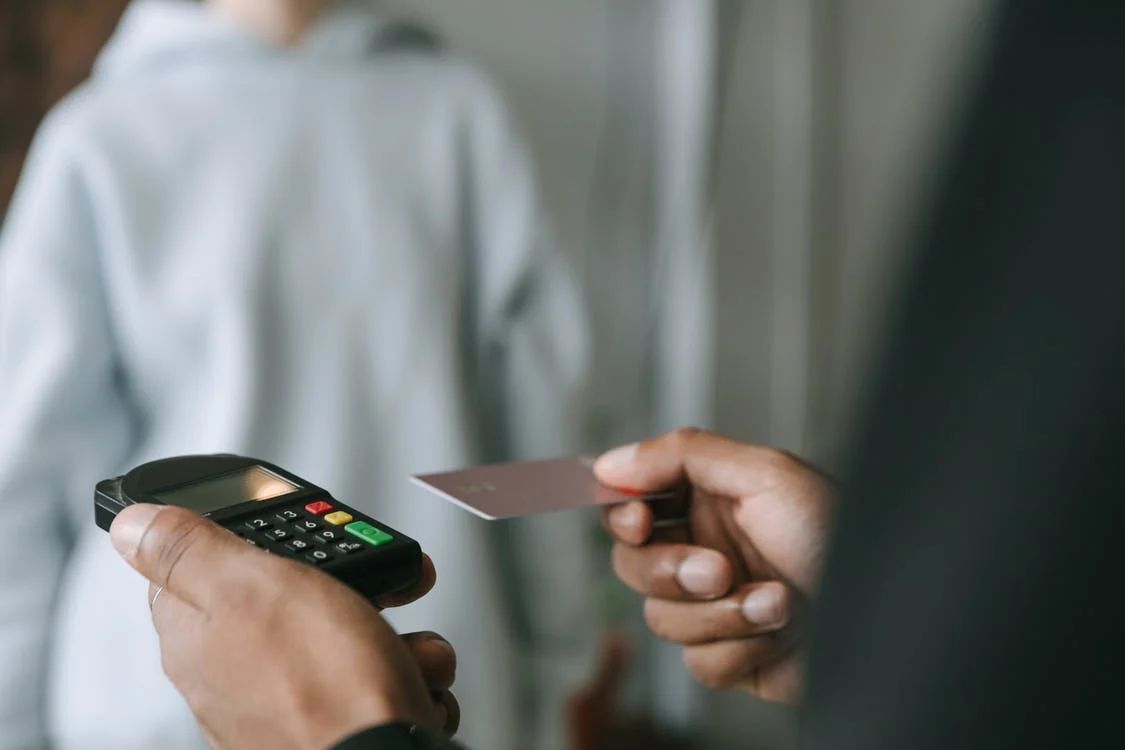A mobile financial transaction application is known as a digital wallet (also known as an electronic wallet). After inputting your credit card, debit card, or bank account details, you may pay for products using your smartphone.
Information can also be stored in digital wallets
- Gift certificates
- Cards for members
- Cards of loyalty
- Coupons
- Purchasing Tickets for an Event
- Tickets for flights and public transportation
- Reservations at hotels
- License to drive
- Cards of identification
- keys to a car
Find out more about digital wallets, including how they operate and how to use them.
What Is a Digital Wallet and How Does It Work?
Digital wallets are programs that use the capabilities of mobile devices to make financial goods and services more accessible. The need of traditional wallet is lessened due to digital wallets and their storage abilities.
Digital wallets employ the wireless capabilities of your smartphone, such as Bluetooth, wifi, and magnetic signals, to securely transport payment data from your phone to a point of sale that can read the data and connect through these signals. Digital wallets are best for investing money as they provide security and more safety.
The following technologies are presently used in mobile devices and digital wallets:
- Quick response codes (QR codes): These are matrix bar codes that store information. You utilize your device’s camera and the wallet’s scanning technology to make a payment.
- Near field communication (NFC): This technique implies the use of EM signals for data transfer. Two appliances must be within an inch and a half of each other (4 cm), in order to connect.
- Magnetic secure transmission (MST): When you swipe your card through a slot on a POS, magnetic card readers employ the same technology to read it. Your device transmits the wallet information and selected to use for a transaction to the end of sale terminal, which is connected to payment processors. The funds are subsequently sent through credit card networks and banks via processors, gateways, acquirers, and other credit and debit card transaction participants.
Companies like Bitpay have created cards that allow you to pay with cryptocurrencies since cryptocurrency has made its way into the banking system. Bitpay debit cards may be added to digital wallets like Apple Pay and Google Pay. The Bitpay card converts cryptocurrencies to dollars at current market value, which may subsequently be used to make purchases using your wallet.
QR codes when paying using digital wallets are indeed helpful and can make the process faster. To learn more about it, you may read our post about why every marketer should start using an editable QR code today.
The Benefits and Drawbacks of Digital Wallets
One of the most important benefits of digital wallets is that they reduce the amount of financial and personal information you need to carry throughout the day. You won’t need to have real cards or a wallet if you save everything in your digital wallet—no, there’s a risk of a card slipping out of your wallet or being left in an ATM slot. You also won’t be able to lose your full wallet. There is also less effort for money transfers.
A bank account at a physical branch is not required for digital wallets. Instead, you may put your money in an online-only bank, which provides financial services to unbanked and underbanked people, allowing for greater financial inclusion.
Security may become an issue if you utilize a digital wallet from a source that hasn’t been vetted or hasn’t established a good reputation. You risk enabling someone else access to your cash if you lose your phone and it isn’t password-protected. You could also want to buy from local stores that don’t currently have a point of sale that accepts this technology.

